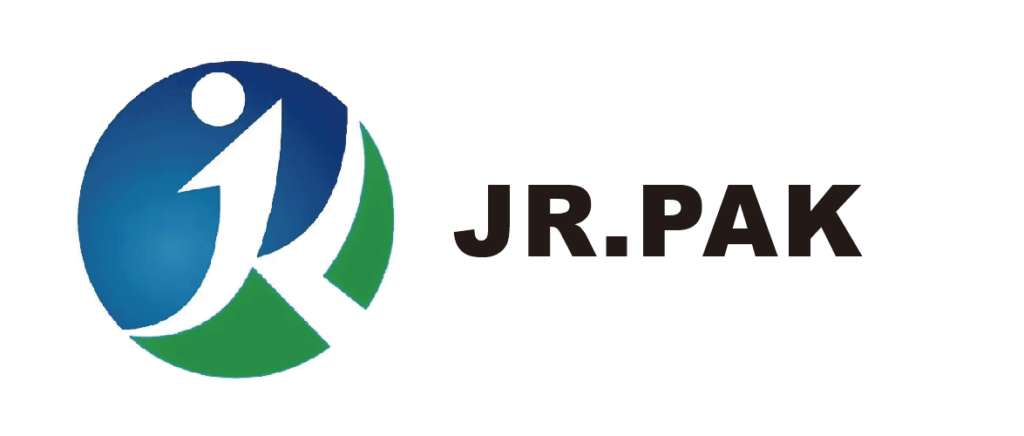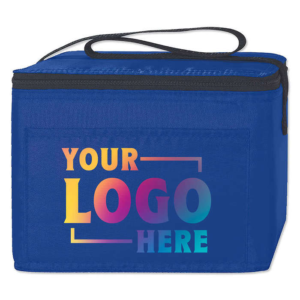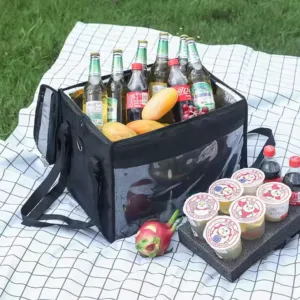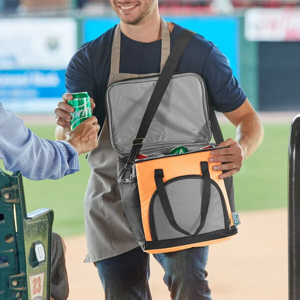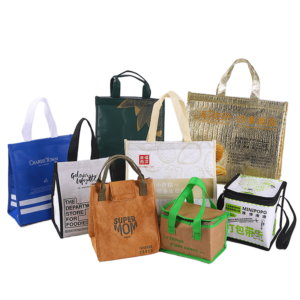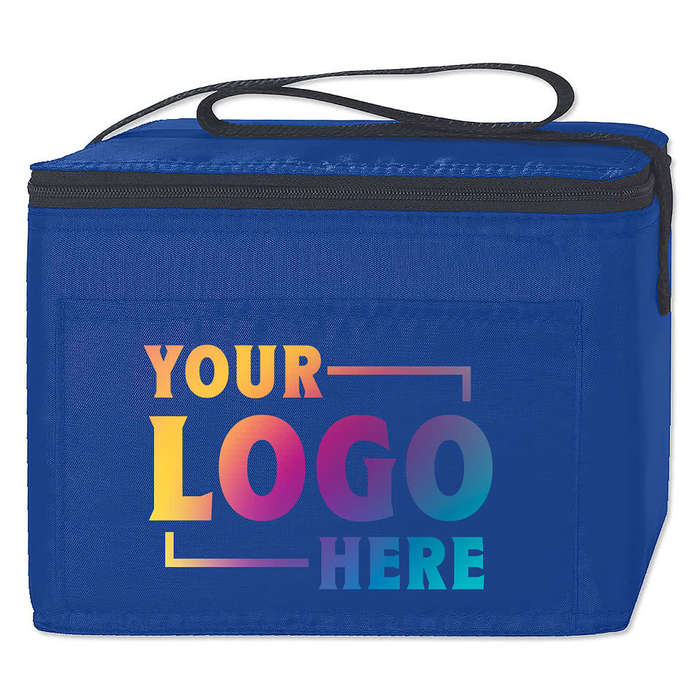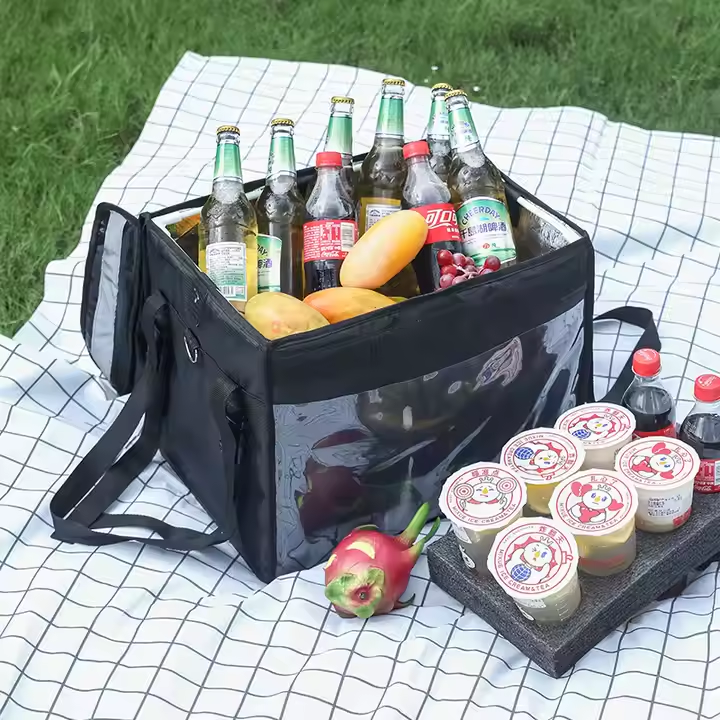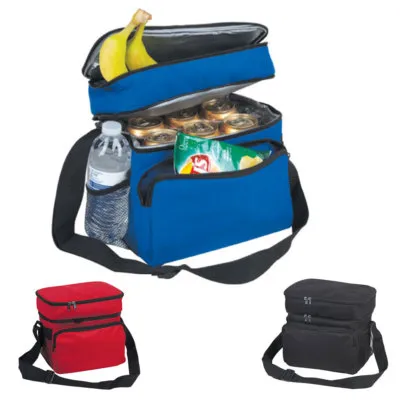Lowering procurement costs is crucial for maintaining profit margins, especially in high-volume industries like packaging. This article presents ten practical and expert-backed strategies to help you minimize expenses without sacrificing quality.
10 Tips for Lowering Your Non Woven Bag Procurement Cost
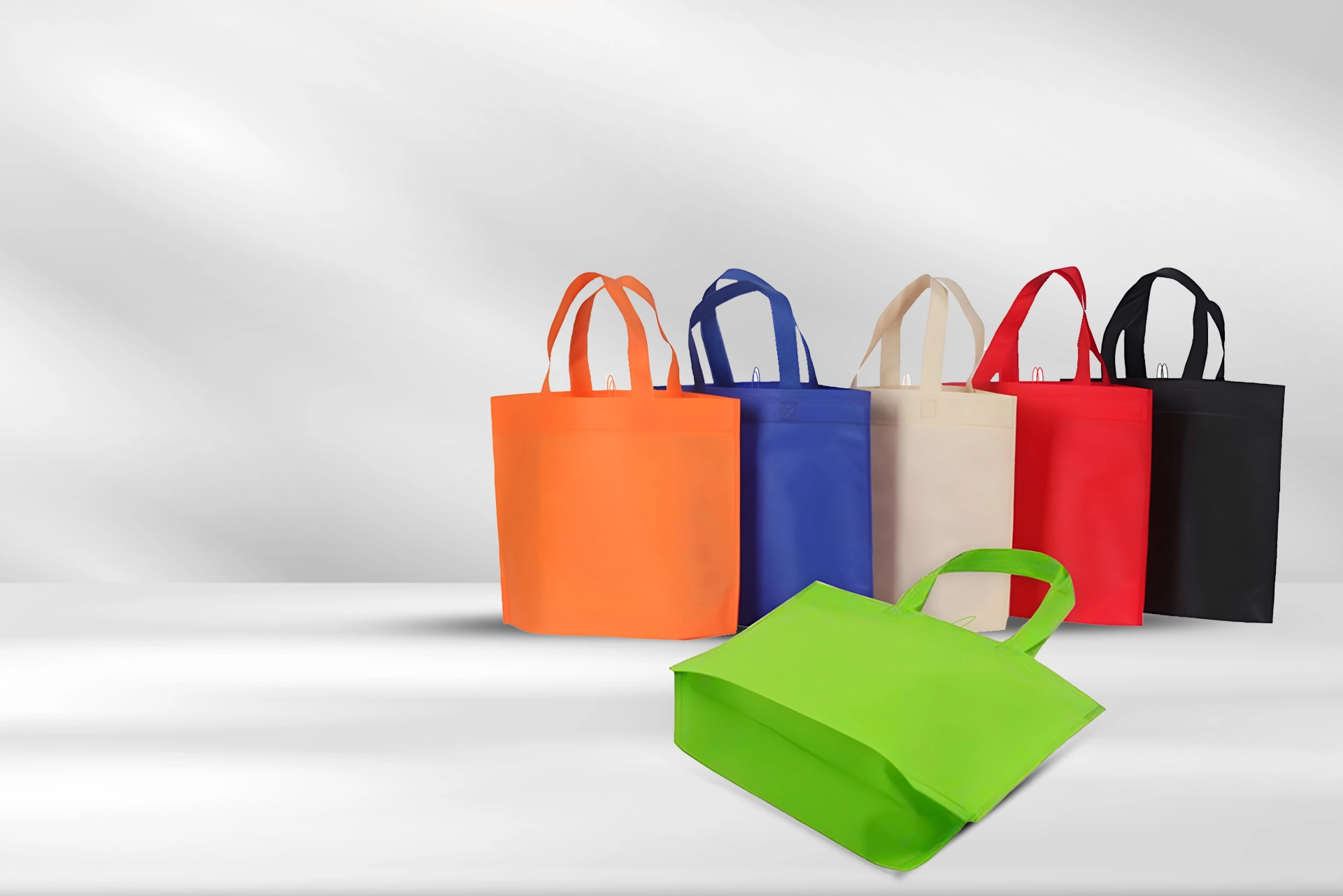
To reduce non woven bag procurement costs, choose efficient materials, simplify designs, manage inventory smartly, and negotiate better deals with suppliers.
Keep reading to discover how to save money while maintaining quality and delivery efficiency.
Opt for Polypropylene (PP) Material

Polypropylene (PP) is one of the most economical choices for producing non woven bags. It offers a good balance between durability, printability, and cost-effectiveness.
Why Choose Polypropylene Over Other Materials?
| Material Type | Cost-Effectiveness | Durability | Environmental Impact |
|---|---|---|---|
| Polypropylene (PP) | High | Good | Moderate |
| Spunbond Non Woven | Moderate | Excellent | Low |
| Recycled Fibers | Low | Fair | High |
PP non woven fabrics are widely available and easy to process. They perform well under typical usage conditions and can be easily customized with brand logos or prints. Compared to alternatives like spunbond or eco-recycled fibers, PP is generally cheaper per kilogram and more suitable for large-scale production.
Choose the Right GSM (Fabric Weight)
Fabric weight (GSM) affects both the cost and function of non woven bags. GSM stands for grams per square meter, which determines thickness and strength.
How to Select the Ideal GSM?
| GSM Level | Recommended Use | Cost Impact |
|---|---|---|
| 60-70 | Light shopping bags, giveaways | Low |
| 80-100 | Regular use shopping bags | Medium |
| 120+ | Heavy-duty bags, promotional events | High |
Choose the lowest GSM that meets your product's durability needs. Over-specifying GSM leads to unnecessary costs. For most retail and supermarket use cases, 80 GSM strikes the perfect balance between performance and budget.
Simplify Printing and Design

Complex designs significantly increase production time and cost. Fewer printing colors and avoiding special finishes reduce overall expenses.
Printing Options Comparison
| Print Style | Cost Level | Visual Appeal | Complexity |
|---|---|---|---|
| No Print | Very Low | Basic | None |
| One-Color Print | Low | Clean | Simple |
| Full Color/Laminated | High | Eye-Catching | Complex |
Minimize logos to a single color. Avoid edge-to-edge printing and eliminate lamination unless necessary. These small choices can reduce printing costs by over 40% without compromising brand identity.
Leverage Bulk Purchasing
Ordering larger volumes reduces per-unit costs and shipping overhead. This approach works especially well for stable, recurring product designs.
Bulk Order Savings Breakdown
| Quantity Range | Estimated Cost Reduction |
|---|---|
| 1,000 - 5,000 bags | Baseline price |
| 5,001 - 10,000 | 5-10% |
| 10,001+ | 15-20% |
Bulk purchases also simplify production scheduling for factories, which often leads to faster delivery and preferred pricing.
Negotiate with Multiple Suppliers

Relying on one supplier increases cost vulnerability. Compare offers from multiple manufacturers to secure the most competitive deal.
Supplier Comparison Checklist
| Criteria | Supplier A | Supplier B | Supplier C |
|---|---|---|---|
| Unit Price | $0.12 | $0.10 | $0.11 |
| Lead Time | 10 days | 12 days | 9 days |
| Payment Terms | 30% upfront | 50% upfront | 20% upfront |
In addition to price, assess factors like lead time, quality guarantees, and after-sales service. Long-term partnerships with competitive suppliers improve negotiation power and reduce risks.
Incorporate Filler Masterbatch N202
Filler masterbatch such as N202 is a cost-saving additive that replaces a portion of virgin polypropylene during production.
Benefits of Using Masterbatch Fillers
| Feature | Effect |
|---|---|
| Virgin Resin Replaced | Up to 30% |
| Cost Savings | ~20% per bag |
| Quality Impact | Minimal |
Factories can reduce raw material costs significantly by using fillers. This does not compromise strength or appearance when applied correctly and is especially useful for standard-use shopping bags.
Plan Inventory Strategically
Accurate inventory planning reduces waste and rush fees. You can avoid overstocking, which ties up capital and increases warehousing costs.
Inventory Strategy Tips
| Action | Result |
|---|---|
| Forecast Sales Accurately | Avoid excess stock |
| Use Safety Stock Wisely | Prevent emergency orders |
| Set Reorder Points | Keep flow consistent |
By forecasting seasonal or promotional demand in advance, companies can schedule optimized procurement runs and maintain healthy inventory levels.
Source Locally When Possible

Shipping from distant suppliers adds to procurement costs. Local sourcing often reduces transportation time and logistics expenses.
Local vs Overseas Sourcing
| Factor | Local Supplier | Overseas Supplier |
|---|---|---|
| Shipping Time | 1-3 days | 10-30 days |
| Freight Cost | Low | High |
| Flexibility | High | Low |
When sourcing non woven bags or raw materials, prioritize nearby suppliers for small or frequent orders. This ensures faster turnaround and reduces unexpected delays.
Invest in Durable, Reusable Bags
Strong bags may cost more initially but require fewer reorders over time. This leads to lower total cost of ownership.
Cost Comparison Over Time
| Bag Type | Cost Per Unit | Reusability | Long-Term Cost |
|---|---|---|---|
| Thin Bag | $0.08 | 1-2 times | High |
| Durable Bag | $0.15 | 10+ times | Low |
Investing in durability also improves customer satisfaction and brand perception. Consumers are more likely to reuse and appreciate stronger bags.
Streamline Supply Chain and Logistics
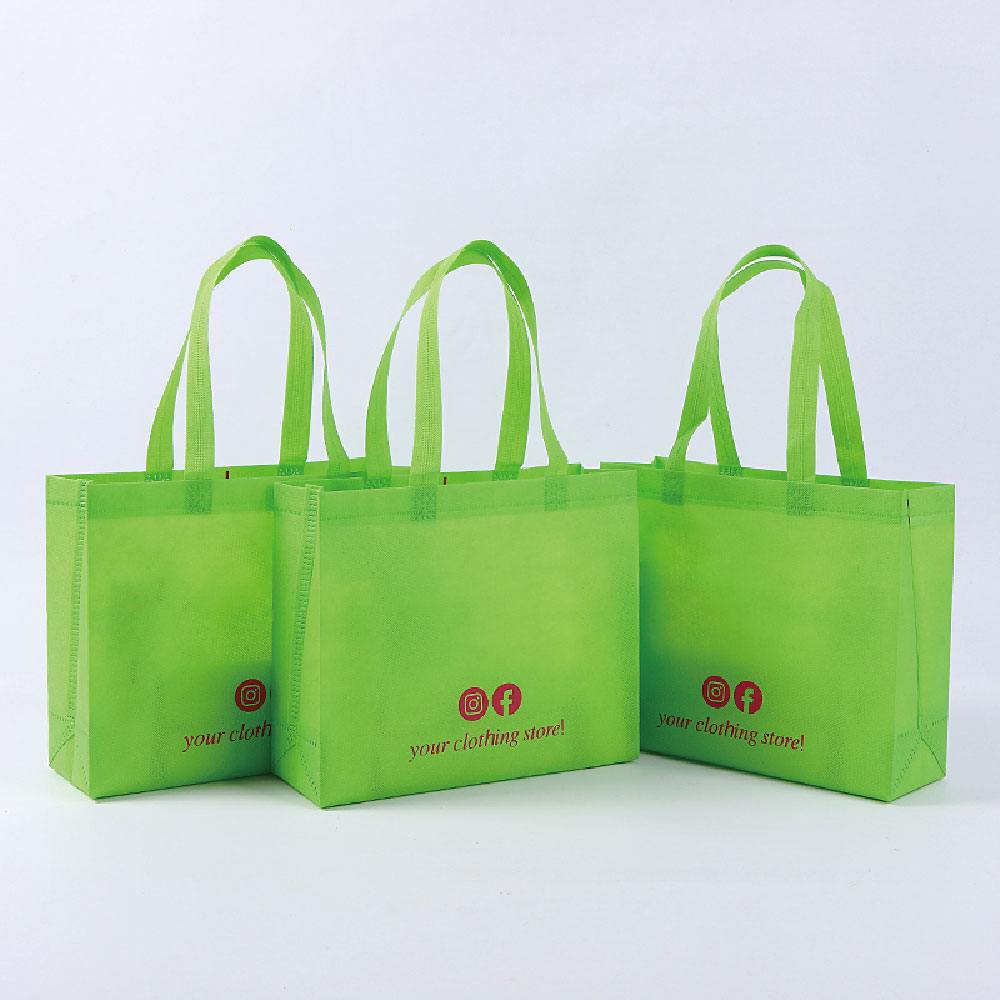
Simplify your logistics processes to reduce overhead and improve reliability.
Logistics Optimization Steps
| Step | Effect |
|---|---|
| Combine Shipments | Lower freight charges |
| Use Reliable Carriers | Fewer delays |
| Track Real-Time | Prevent miscommunication |
Work with logistics partners who offer bulk shipping discounts and real-time tracking. Reducing the number of handling steps also decreases the chance of damage or loss.
Conclusion
Cost control in non woven bag procurement is achievable through smart material choices, simplified designs, bulk orders, and strategic supplier management. From my experience working with global buyers at JiaRong Packing, even minor adjustments in GSM, printing methods, or sourcing channels can result in substantial savings. Evaluate your supply chain regularly and don’t hesitate to negotiate better deals.
We invite you to share your own cost-saving experiences or questions in the comments!
